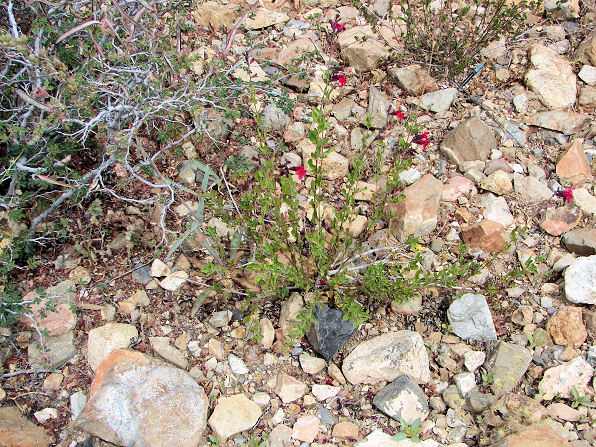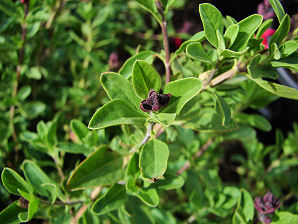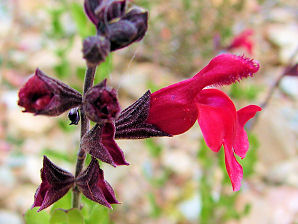Xeriscape Landscaping Plants For The Arizona Desert Environment.
Pictures, Photos, Information, Descriptions,
Images, & Reviews.
Perennials.
Autumn Sage, Salvia greggii.
We Are Proud Of Our SafeSurf Rating!
Click On Any Of The Following Links By Amazon.Com
For Books, & Videos About Wildflowers Of Arizona & The Southwest USA. No Obligation!
 |
| Autumn Sage, Salvia greggii. |
|---|
 |
| Autumn Sage, Salvia greggii. |
 |
| Autumn Sage, Salvia greggii |
 |  |
| Autumn Sage, Salvia greggii. | Autumn Sage, Salvia greggii. |
|---|
 /
/

Autumn Sage. Salvia greggii, Lamiaceae Family: ( Lamiaceae ) , Autumn Sage. Also Called: Red Autumn Sage, Furman's Red Texas Sage, Red Texas Sage, Red Lipstick Salvia, Magenta Red Texas Sage, Cherry Sage, Gregg's Sage, Texas Sage. We wish to thank Wikipedia, the free encyclopedia for some of the information on this page. We share images and information with Wikipedia. An evergreen medium size shrub. It can be used as a xeriscape plant in hot, dry areas. It is good for hummingbird and butterfly gardens Autumn Sage is especially well adapted to hot, desert-like areas. It has a long period of bloom. Can be found with white, pink, and red colored flowers. Usually red.
Quick Notes:
Height: About 36 - 48 inches tall, spread to about 36 inches wide.
Flowers: Red, pink and white, on stem terminals, spikes of trumpet-shaped, 1 inch flowers.
Blooming Time: Late February - November.
Leaves: Leaves are leathery and small.
Found: The USDA claims it is native to the USA (TX). Also native to Mexico in Chihuahuan desert of northern Chihuahua.
Elevation: Naturally found between 448 and 8,500 feet.
Hardiness:
Soil pH requirements:
Sun Exposure:
Habitat: Desert soil, rock, does well in loose soil on slopes. Autumn sage requires well-drained soil.
Miscellaneous: Flowering Photos Taken March 6, 2006. Glendale, Arizona. Drought-tolerant; suitable for xeriscaping.
|



We Are Proud Of Our SafeSurf Rating!
Click On Any Of The Following Links By Amazon.Com
For Books, & Videos About Xerioscape Plants Of Arizona & The Southwest USA. No Obligation!
Click On Any Of The Following Links By Amazon.Com
For Books, & Videos About Wildlife Of Arizona & The Southwest USA. No Obligation!
Click On Any Of The Following Links By Amazon.Com
For Books, & Videos About Wildlife Of Arizona & The Southwest USA. No Obligation!
| © 1966 - Present, Audrey, Eve, & George DeLange |

